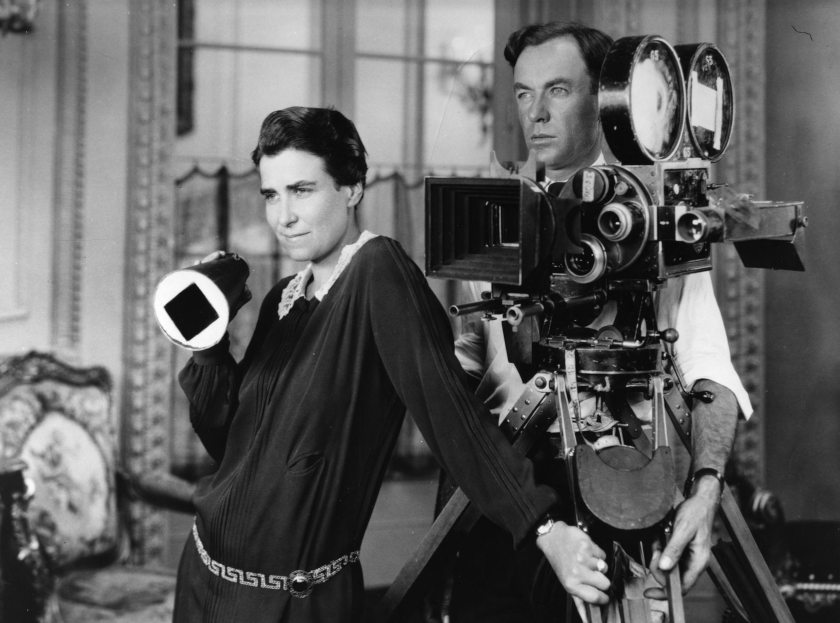Vassilis Kroustallis reviews the doc on one of the greatest (and the first) of Hollywood's female directors, Dorothy Arzner.
Dorothy Arzner (1897-1979) was simply one of Hollywood's great pioneers, in the transition from the silent to the talking era, who managed to invent both the boom and complex characterization in otherwise 'typical Hollywood' stories. (There were other women directors before her, of course: Alice Guy-Blaché, Lois Webel, Mabel Normand are some names that come to mind). The new, mid-length (53 minutes) doc 'Dorothy Arzner: Pioneer, Queer, Feminist' by Clara Kuperberg & Julia Kuperberg manages to put some of her achievements in the spotlight -yet curiously moving queerness out of the big picture.
Sure, there is the question of how single-handedly (the otherwise rich) Dorothy Arzner managed to climb the Hollywood ladder from script girl (she didn't even know how to type) to editor to Paramount director. The documentary starts with briefly describing Arzner's childhood (she was always a 'tomboy' and her mother's decision to put her in an all-girl school made things 'worse'). Arzner herself appears in recorded interviews from 1970 and 1975; Francis Ford Coppola, the most famous of her UCLA film students (she taught there between 1961 and 1965) pays homage to her. Film historians Shelley Stamp, Tony Maietta, and film teacher Emily Carman do an admirable job of unveiling both the womanhood inherent in films like 'Craig's Wife' (1936, with Rosalind Russell with a steely determination to fall in love with a property instead of a husband), and 'Dance, Girl, Dance' (1940), proving that Arzner could easily bypass the rigorous Hayes Code. Making comparisons with the other Hollywood maverick, the incomparable Ida Lupino, the film seeks connections -and mostly succeeds- in asserting that both women defied the traditional norms of marriage in their work.
Queerness serves here as material for making womanhood the epicenter in Arzner's film; what is left untouched is her relationship with Marion Morgan, her partner of more than 40 years. The fact of her being an out lesbian in Hollywood's homophobic society is mentioned, but not investigated. We equally get some unrehearsed answers as to why Arzner stopped making films after her 'First Come Courage' in 1943. Was she tired of the more McCarthy-ladden Hollywood? Was she in danger herself? There are assumptions, but not new material in the Kuperberg sisters' documentary. Her relationship with Katharine Hepburn in 'Christopher Strong' (1933), another queer figure -this one in denial- still lies hidden.
The film clips themselves move the doc forward and reveal the complex process by which Arzner moved in terms of creating intricate, never simple-minded relationships even at the level of a single shot. Check, for instance, the 'Merrily We Go To Hell' (1932) shot, in which Sylvia Sidney, with her back turned to the camera, has to witness her husband kissing another woman (in the front of a crowd, as the case of a 'role play'). She is blocked in the middle with actors acting as obstacles from both the left and the right-hand side corner of the kitchen corridor, with herself nowhere to go but stay and suffer the humiliation. (Spoiler: she will avenge).
'Dorothy Arzner: Pioneer, Queer, Feminist' works well as an entry-level primer in Dorothy Arzner as a name known and then forgotten; to be resurrected again -and finally be given the prominence she needs. It tells a simple story of a woman pioneer making it big in the context of a gruesomely male environment; this is only the beginning of Arzner's more intricate personality and work output.
Dorothy Arzner Pioneer, Queer, Feminist screened at the 2024 Thessaloniki Film Festival.
Vassilis Kroustallis


